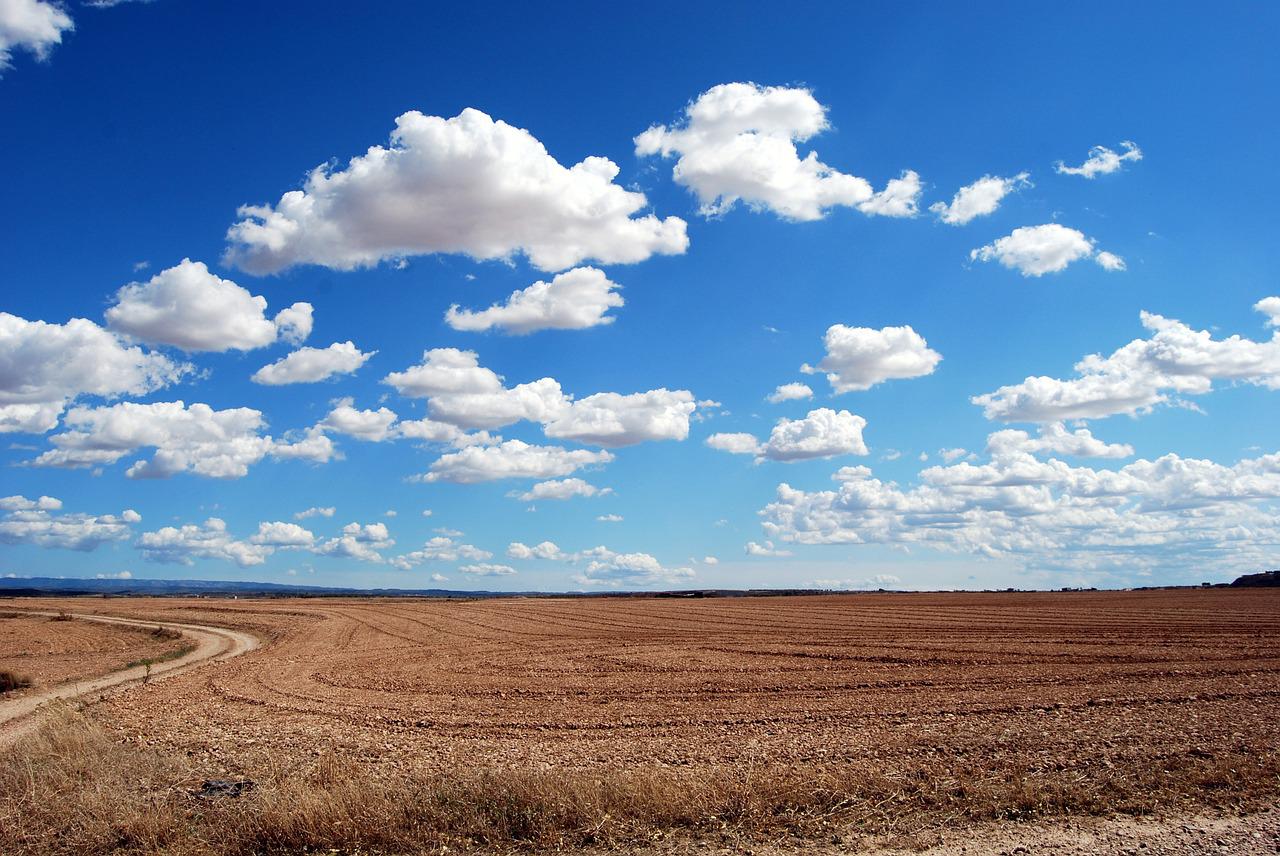Utah’s reservoirs are below capacity, with the Upper Enterprise in Washington County almost dry at 5% of capacity.
almost dry at 5% of capacity.
Salt Lake City’s Fox 13 reported that 33 of Utah’s 42 largest reservoirs are below 55% of capacity.
reported that 33 of Utah’s 42 largest reservoirs are below 55% of capacity.
“To get streams running at healthy levels while filling reservoirs, Utah needs late summer and early fall storms to return soil moisture levels to normal, which will help snowpack runoff make it to streams and reservoirs rather than get absorbed by dry soils. The state also needs an above-average snowpack to refill reservoirs,” the Utah Department of Natural Resources said in its weekly report on the drought situation. The weekly report for August 16 noted, “The U.S. Drought Monitor is reflecting a slight improvement in drought conditions, with 98.75% now in ‘extreme’ or ‘exceptional’ drought compared to 99.43% last week. This time last year, drought was starting to worsen with 24% in ‘extreme’ drought, with nowhere in the ‘exceptional’ drought category.”
noted, “The U.S. Drought Monitor is reflecting a slight improvement in drought conditions, with 98.75% now in ‘extreme’ or ‘exceptional’ drought compared to 99.43% last week. This time last year, drought was starting to worsen with 24% in ‘extreme’ drought, with nowhere in the ‘exceptional’ drought category.”
The Great Salt Lake has dropped to a record low of 4,191.1 elevation feet.
If the drought continues into next year, there could be water rationing. But for now, there are positive signs in the drought emergency. Local water districts have reported significant drop-offs in water usage. Utahns are following the guidance of water managers who have asked for conservation, including significant cuts to outdoor lawn watering. It has helped extend the state’s water supply this year.
https://www.youtube.com/watch?v=VqaBy1VH6T0


with local water districts reporting significant drop-offs in water usage, the numbers sound a bit better to me. I am making reference to the statement ‘98.75% now in ‘extreme’ or ‘exceptional’ drought compared to 99.43% last week’. That is significant considering it was measured in the span of one week.